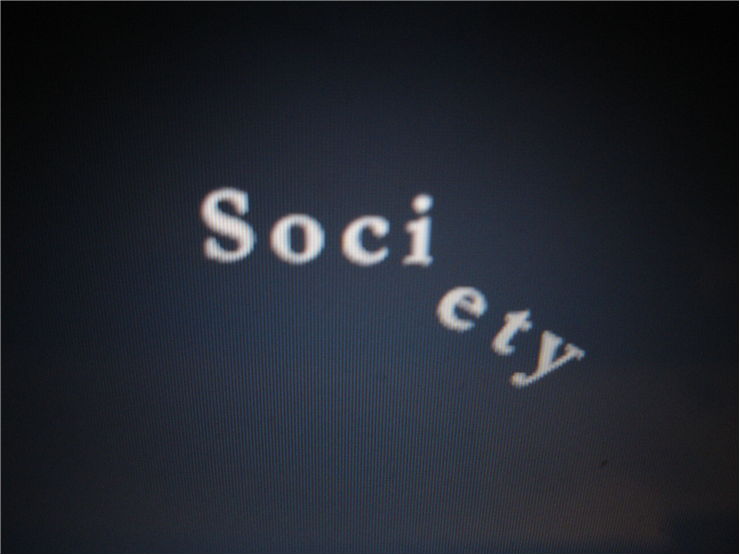Dystopian Elements and Characteristics - Basic Building Blocks of Dystopia
The dystopian stories are often stories about survival, their primary theme is oppression and rebellion. The environment plays important role in dystopian depiction. Dystopian stories take place in the large cities devastated by pollution. In every dystopian story, there is back story of war, revolutions, overpopulation and other disasters.
The dystopian depiction is imaginary. Dystopian fiction borrows features from reality and discusses them, but it doesn't depict contemporary society in general. Dystopian stories take place in the future, but they are about today and sometimes about yesterday.
All dystopias are keen on a strict division of the citizens by intellect, ability, and class. In Brave New World, people are divided in Alphas, Betas, Gammas, Deltas, and Epsilons. In Nineteen Eighty-Four (1984), there are capitalist and proles, Party and non-Party. In a typical dystopia, there is no social group except the State or such social groups are under government control. Independent religions do not exist among social groups, instead of that, there is a personality cult (usually of a head of state) created by the State, such as Big Brother in Nineteen Eighty-Four (1984) and The Benefactor of We.
The institution of family has been eradicated in some dystopian societies, as in Brave New World, where children are reproduced artificially. If the family exists in dystopian stories, it is usually in the service of the State as in Nineteen Eighty-Four (1984), where children are thought to spy on their parents.
Dystopian tales emphasis sense of the powerlessness of the individuals in the face of the oppressive and brutal government run by a totalitarian dictatorship, or organized into massive bureaucratic institutions (as in Nineteen Eighty-Four (1984), the Ministry of Information). Paranoia is very evident among the citizens of dystopian societies who live in fear and who are being monitored, betrayed or manipulated. The Thought Police and the Thought crime in Orwell's Nineteen Eighty-Four (1984) are the most extreme examples of paranoia. Dystopian fiction features technology more advanced than we have today, and the group in power controls it.
The standard of living among the classes is lower than in contemporary societies. In Nineteen Eighty-Four (1984), the upper class of society, The Inner Party has a standard of living poorer than the upper class in the real word. But in Brave New World and Equilibrium, people have a higher standard of living in exchange for a loss of independent thought and emotions.
The hero in dystopian literature always questions society although he is usually in high-standing within the social system. He often sees what's wrong and tries to change the system. He puts his hope in a group of people who aren't under the complete control of the state, in Nineteen Eighty-Four (1984), they are "proles", in Brave New World they are people on the reservation and in We, they are people outside the walls of the One State. His goal is either to escape or destruction of the society's principals, but usually, he fails in his intention to change anything, and sometimes they themselves end up changed to conform to the society's rules.
Dystopia is subgenre of science fiction, because it depicts future fictive societies, and many of them use other elements of science fiction like time travel, space flight, amazing and advanced technologies, etc.
There is also a particular relationship between dystopian fiction and film noir, such as startling contrasts, symbolic shadow and the action that takes place during the night.
